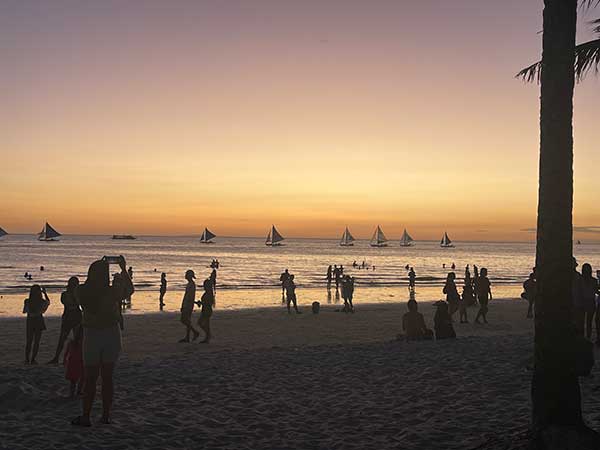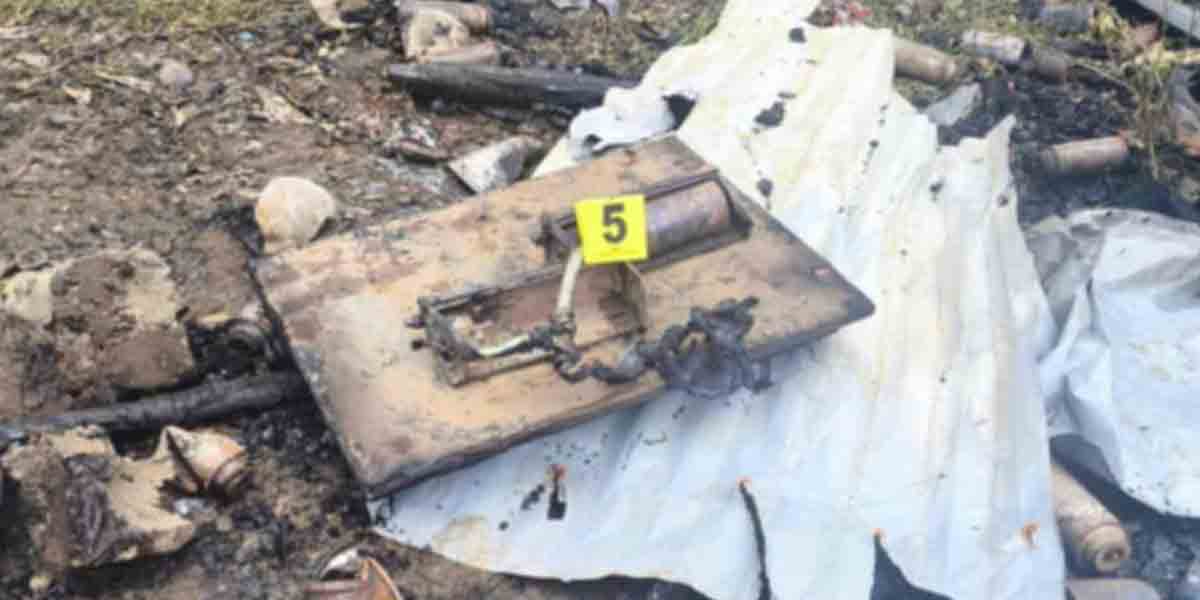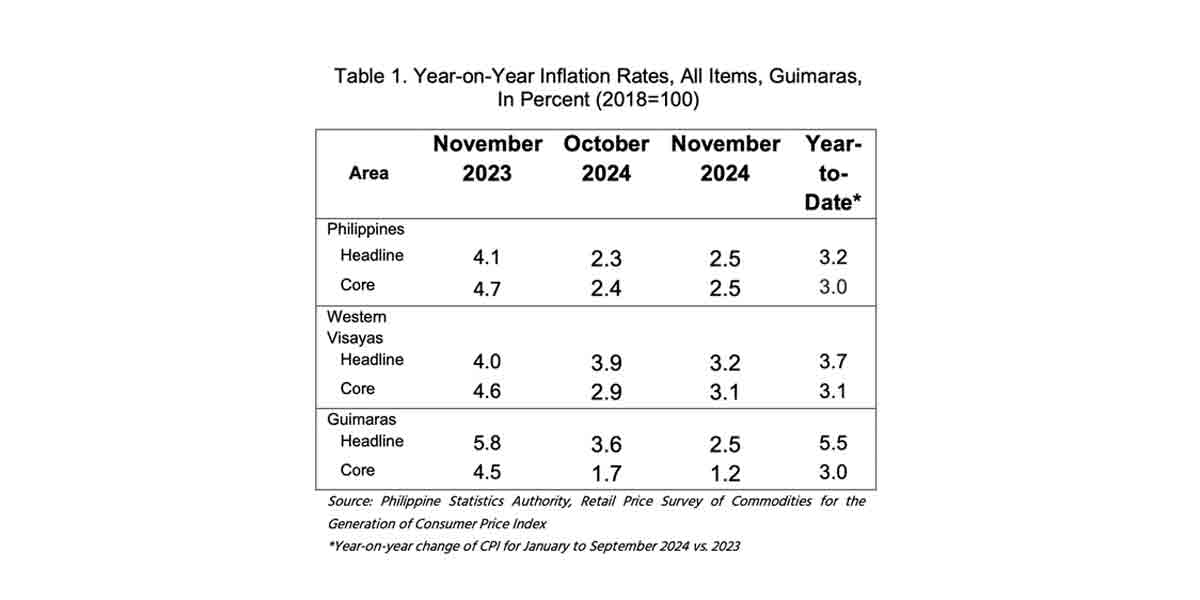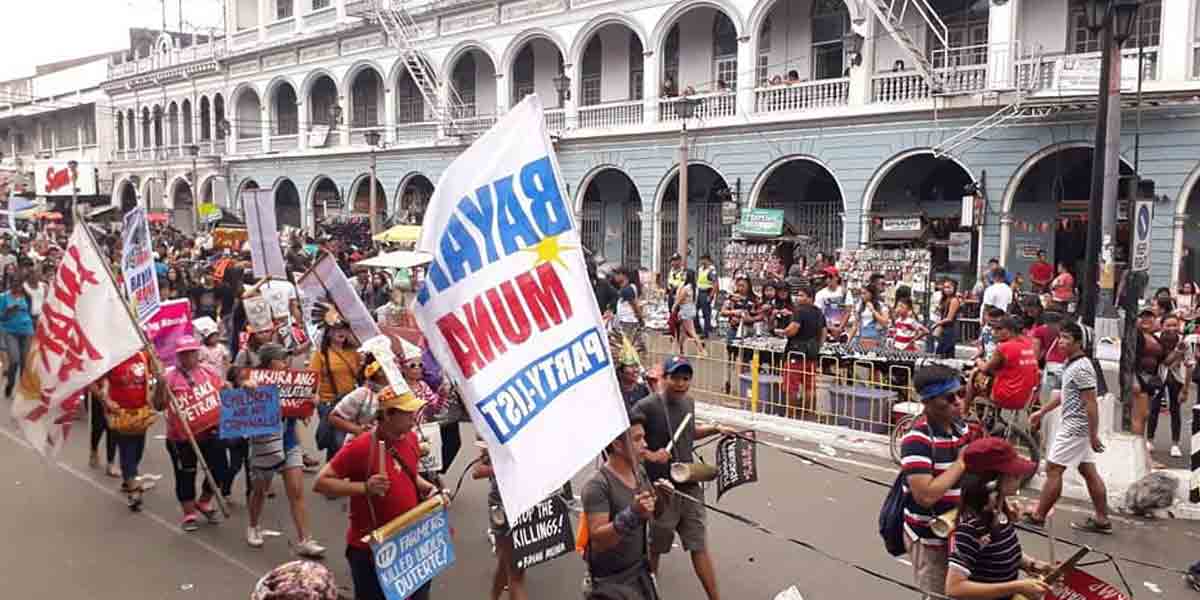
By Juliane Judilla and Mariela Angella Oladive
Western Visayas experienced a significant drop in poverty incidence among families, with rates falling from 12.1% in 2021 to 9.8% in 2023, according to the Philippine Statistics Authority (PSA).
The improvement is largely attributed to the resurgence of the tourism industry, particularly in Aklan’s Boracay Island, following the pandemic.
PSA Officer-in-Charge Regional Director Nelida Amolar, during the recent dissemination of the 2023 Full Year Poverty Statistics, highlighted that the region’s poverty rate now stands below the national average of 10.9%, ranking Western Visayas seventh in the country for the lowest poverty incidence.
“This means that 10 in every 100 families are considered poor or have income below the amount needed to afford the basic minimum food and non-food needs,” Amolar said.
The report showed a decline in poverty among approximately 119,000 families in the region, a significant improvement from 140,000 in 2021.
Three provinces—Aklan, Antique, and Guimaras—posted the most substantial improvements. Aklan saw a dramatic drop in poverty incidence, from 13.9% in 2021 to 3.1% in 2023. Antique improved from 18.2% to 13.8%, while Guimaras went from 7.3% to 3.8%.
Poverty rate, or incidence, refers to the proportion of families or individuals whose income falls below the poverty threshold relative to the total population.
Tourism Boosts Poverty Reduction
National Economic and Development Authority (NEDA) Regional Director Arecio Casing Jr. credited the revival of the tourism industry, especially in Aklan’s Boracay Island, as a major factor in the province’s economic recovery and reduction in poverty.
“This model can be replicated by other provinces, particularly those in the tourism or services sector. They need to capitalize on the natural and cultural endowments of their provinces, which can be better marketed and linked with tourism in Aklan. Let’s encourage tourists to visit other provinces in the region,” Casing said.
Meanwhile, Iloilo City saw its poverty incidence drop from 3.3% to 2.3%, while Iloilo province had a slight decline from 14.5% to 12.7%.
In contrast, Capiz saw an increase in poverty incidence, rising from 6.1% to 9.8%, while Negros Occidental had the highest poverty rate in the region, increasing from 19.3% in 2021 to 25.7% in 2023.
Bacolod City also recorded an increase, from 3.4% to 6.2%.
Despite these fluctuations, the PSA report noted a rise in the region’s average per capita income.
The average per capita income refers to the income earned by each individual in a specific region, calculated by dividing the total income by the population.
For the region’s poorest households (the first income decile, or the lowest 10% of households by income), the average income rose from PHP 20,018 in 2021 to PHP 26,965 in 2023, an increase of 34.7%.
The poverty threshold—the minimum income required to meet basic food and non-food needs—was set at PHP 13,801 per month for a family of five in 2023. This represents a 21.2% increase from PHP 11,998 in 2021, reflecting the rising cost of living over the past two years.
Among the provinces, Negros Occidental had the highest poverty threshold at PHP 14,892, while Aklan had the lowest at PHP 12,558.






















